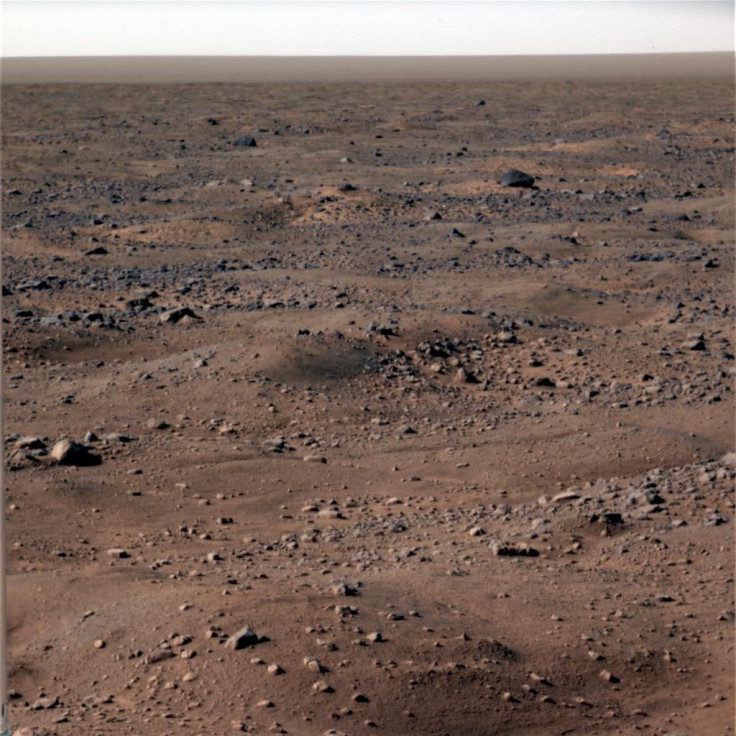Mars’ 'Chaos' Holds Signs Of Life On The Red Planet

Planet Mars’ cracked, uneven and jagged surface is more than just a picture of the Red Planet’s geological makeup.
For scientists, the chaotic surface holds important clues on the planet’s past and with it, the continuous search for life on Mars. A report presented an image from the European Space Agency’s Mars Express which presented a unique Martian terrain that one can’t find on Earth.
The surface on the photo is dubbed Aurorae Chaos, and it is found in one of Mars’ ancient and equatorial region called the Margaritifer Terra. Based on the photo, one can see that the surface is heavily cratered with crevices that scientists associate with ancient water activities.
The name Aurorae Chaos is apt for the details of the region. The surface is marred by various uneven rock formations, cliffs, eroded craters flat mounds and various peaks. The features can be seen connecting to a number of outflow channels to the eastern part of one of the Red Planet’s famous regions - the valley system called Valles Marineris.
This canyon area is huge, described as 10 times longer and 20 times wider than Arizona’s Grand Canyon. Now what’s interesting is that the Grand Canyon was carved out by running water, a phenomenon called fluvial erosion. Although quite possible, scientists believe that this is different to what formed the Aurorae Chaos.
Now another interesting aspect of this chaotic surface makeup of Mars is the theory that the surface was formed as large parts of the chunks of the Martian surface collapsed during major geological events like heating of ice or water-bearing minerals (possibly volcanic activities) or an asteroid or comet hitting the planet.
The event could have released vast amounts of water but dissipated quickly, leaving with it the broken patterns of the areas like the Aurorae Chaos. The photo is now considered one of the main evidence that water once played a large role in the formation of the planet.
Aside from chaotic areas like Aurorae, there are also regions that have been proven to contain sulfates and ancient clay deposits such as the Margaritifer Terra region. These areas prove that water activities once happened in Planet Mars, bringing with it the very real possibility that life could have thrived once or may even continue to exist somewhere along the chaotic regions of Mars.
© Copyright IBTimes 2024. All rights reserved.





















